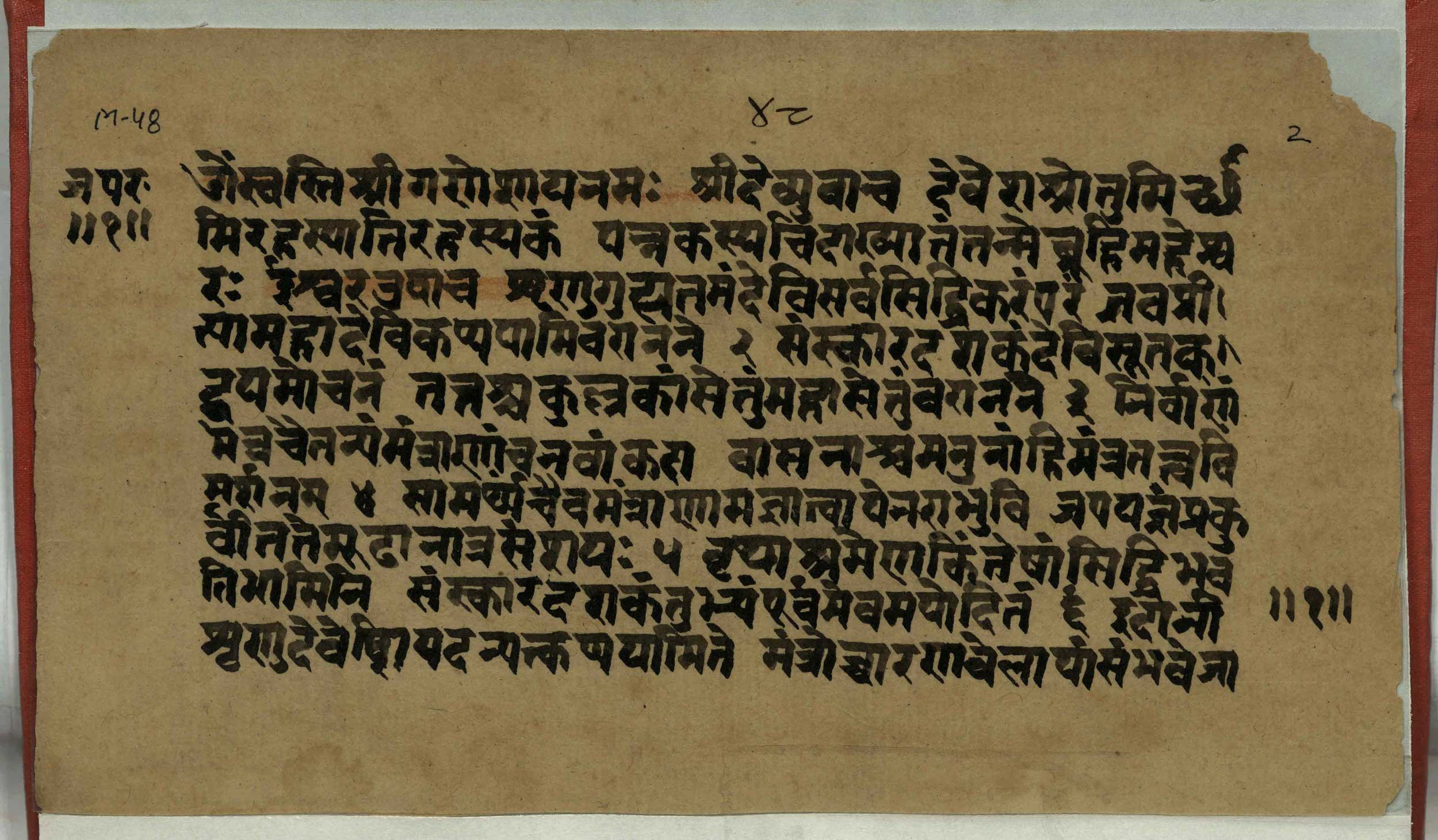

The International Plant Names Index and the Plant List were referred for citing the latest scientific names. Review Methods: The present review focuses on enlisting such alternative substitute plants or plant parts suggested in ayurvedic texts – Yogaratnakara, Bhavaprakasha, Bhaishajya Ratnavali, and Vaidya Chintamani. Data Source: Ayurvedic texts – Yogaratnakara, Bhavaprakasha, Bhaishajya Ratnavali, and Vaidya Chintamani. Introduction: Ayurvedic literature suggests the use of readily available substitute drugs (Abhava Pratinidhi Dravya) with similar properties (rasa, guna, and veerya) for genuine drugs in its scarcity or absence (Abhava Dravya). Mendeleev's Periodic Table is used as a reference point for analysis and understanding of the use of metals, ores, alloys and compounds in therapeutics by the Rasashastra authors. This research article aims to focus on drugs of metals and mineral origin explained in the eighth chapter of Bhava Prakasha Nighantu along with the adaptations and establishments of Rasa concepts. It is renowned for Ayurvedic pharmacopeia mostly of plant origin along with a concise description of drugs of metal and mineral origin with processing techniques and therapeutic uses. The book also proved to be a turning point for the future course of Ayurveda because of the fact that the author had revived the style of Samhitas and contributed a good deal towards the various aspects of indigenous medical portfolio by adding new ideas and information on contemporary drugs.

This book is an important landmark in the history of Indian medicine as it stands at the cusp of the medieval and modern periods. Bhava Prakasha Nighantu is one amongst the Laghutrayi of Ayurveda and written in 16 th century C.E. all concepts pertaining to this subject had been firmly established. It will serve a handy reference book for all those involved in Ayurvedic and medicinal plant research.The roots of Rasashastra that existed in the Ayurveda classical texts, gained importance and developed as an independent science from the 7 th century C.E onwards. Plants used in other alternative systems of medicine. Brief monographs of medicinal plants used in Ayurveda. Description of gana according to Ayurveda.

Classification of drugs according to medicinal activity. Part B is miscellaneous work dealing with: Here, Ayurvedic parameters applicable to drugs have been tackled in detail. It covers twenty chapters on various gana (classification) of Bhavaprakash.

Part A, deals with principle Ayurvedic drugs of plant and animal origin. This work on English translation of the ancient Ayurvedic text has been divided into two parts: It is one of the most indispensable works on Ayurveda. Medicinal plants used in other systems of medicine.īhavaprakash Nighantu is nucleus of Ayurvedic Materia Medica. Singh, Amritpal & Bishnoi, Ashok (Drs.) (Eds.)


 0 kommentar(er)
0 kommentar(er)
